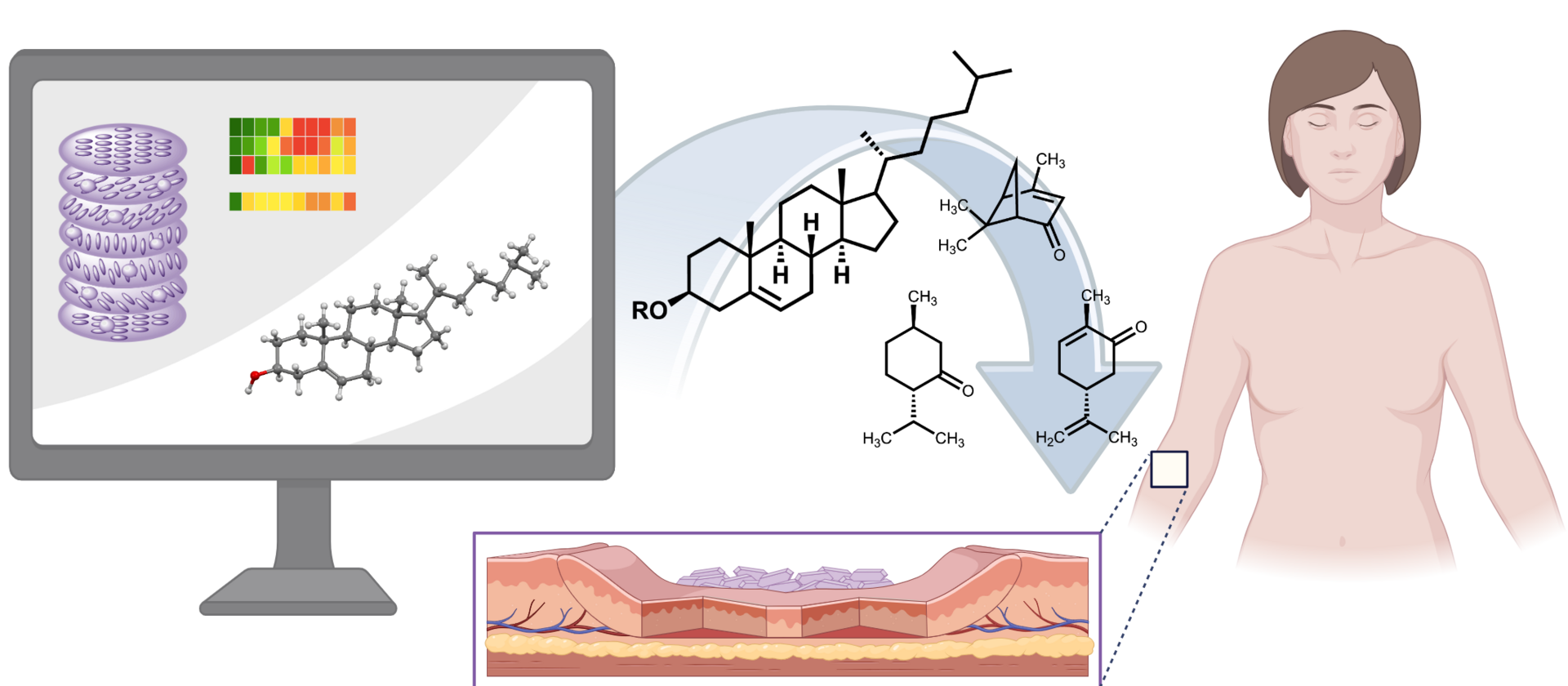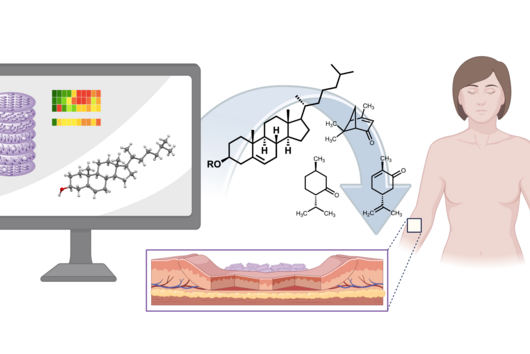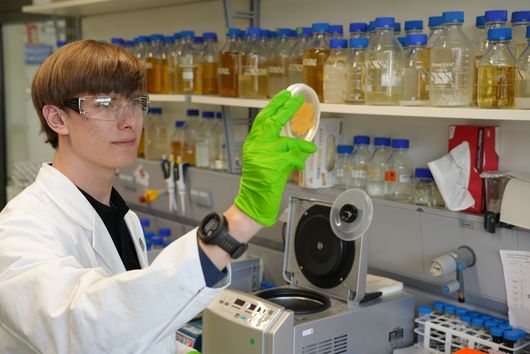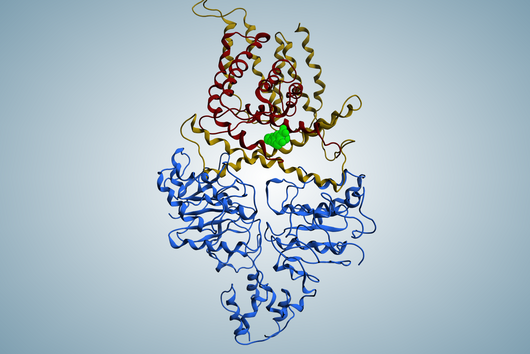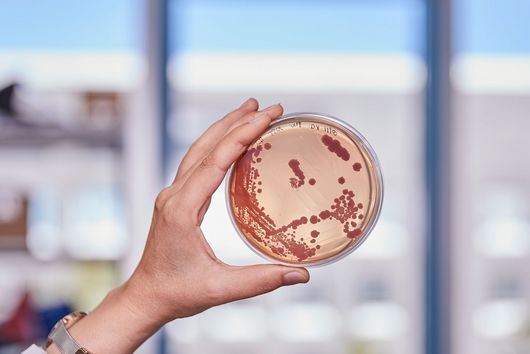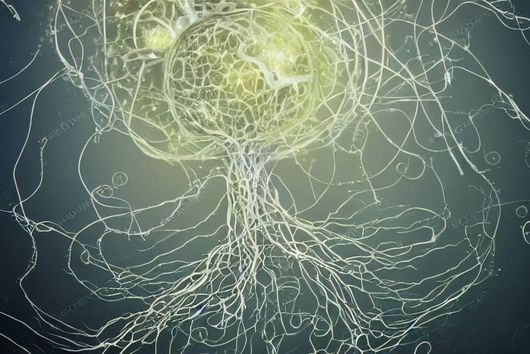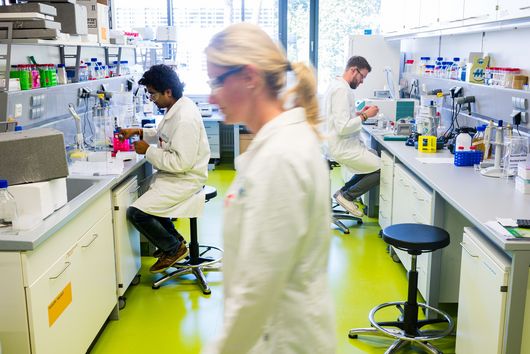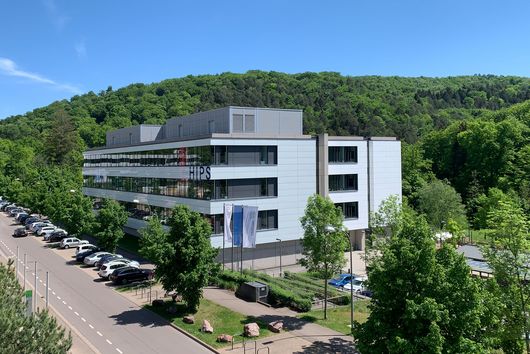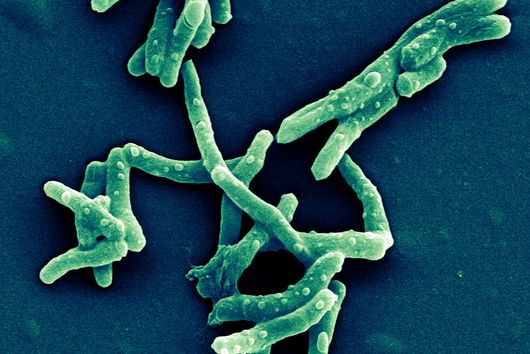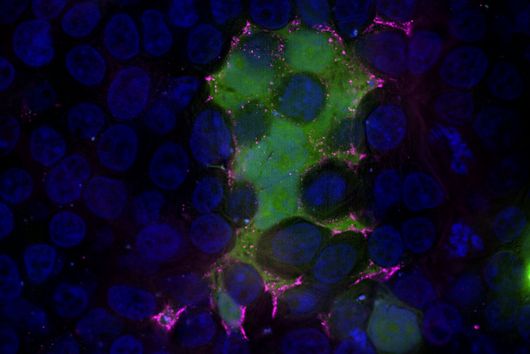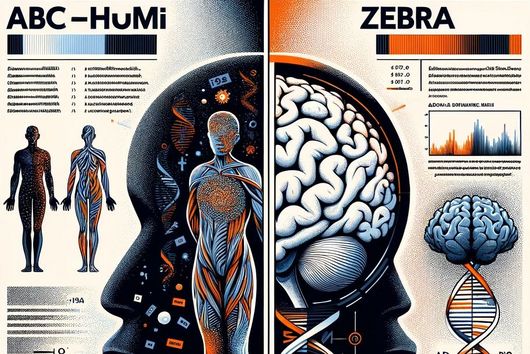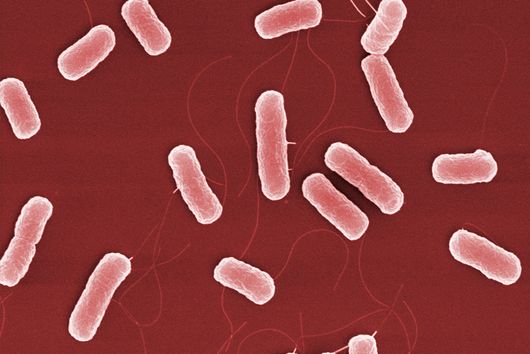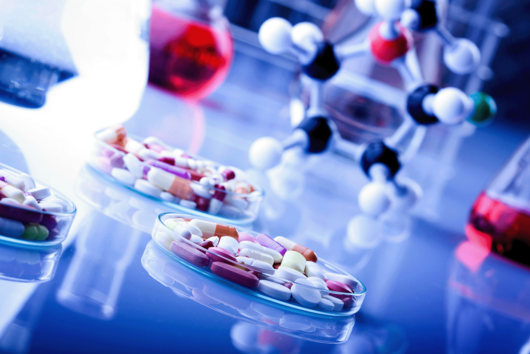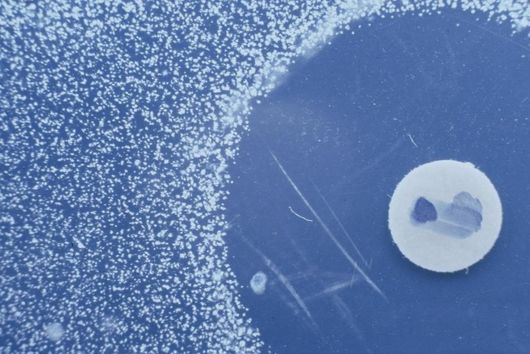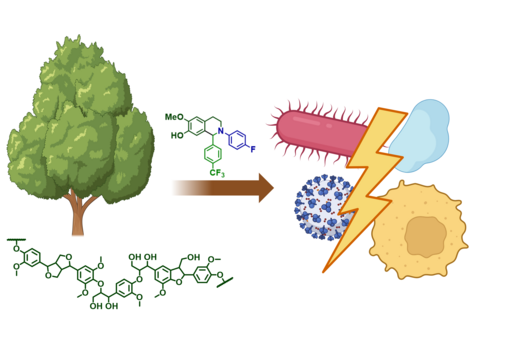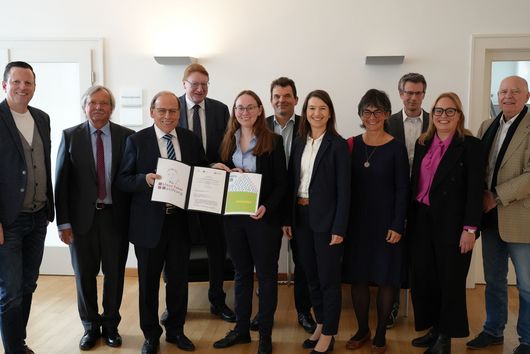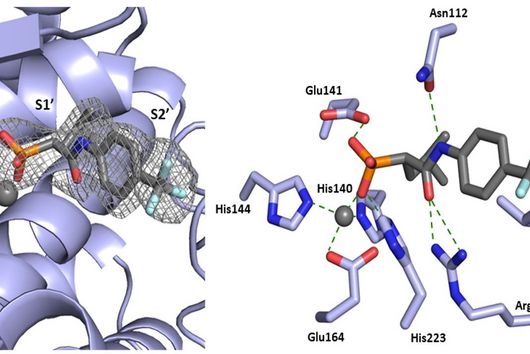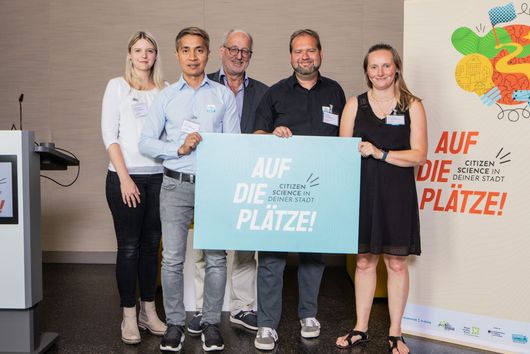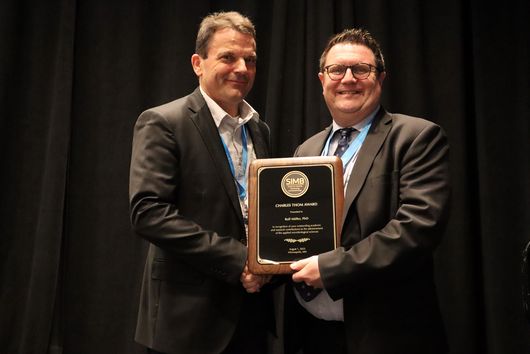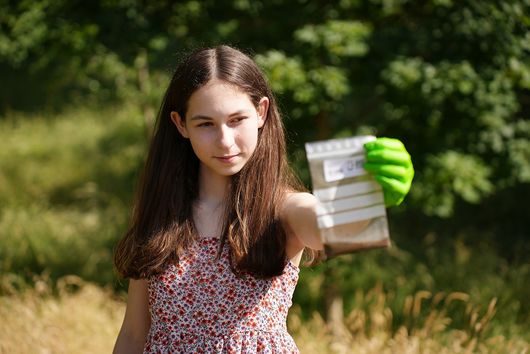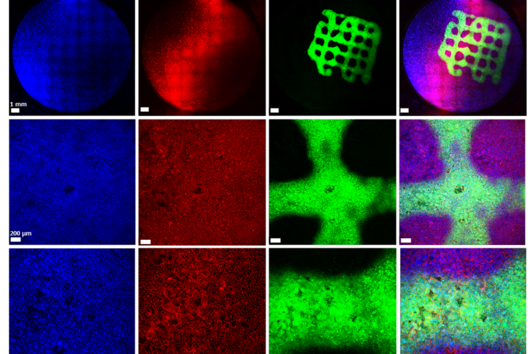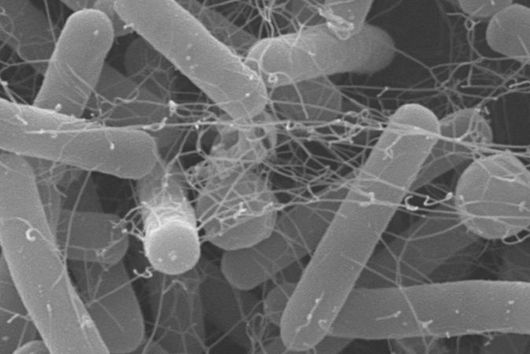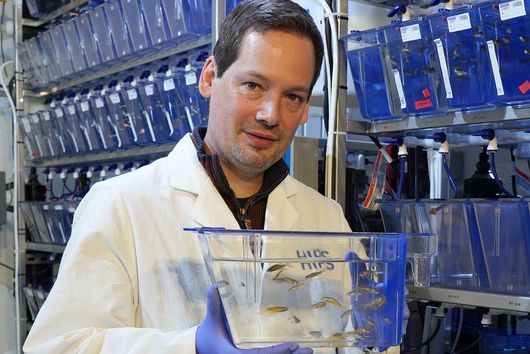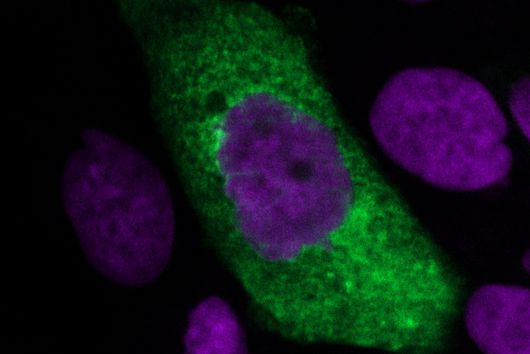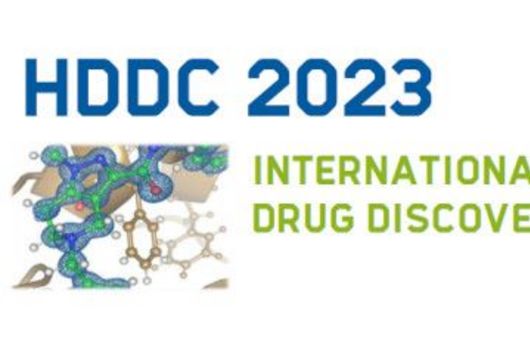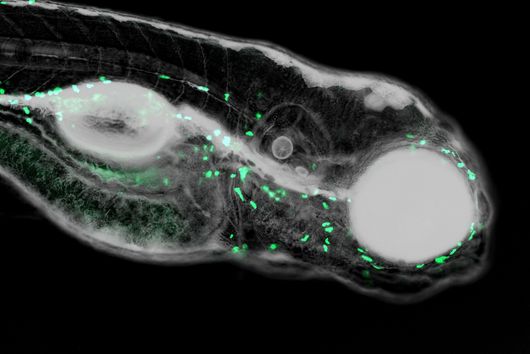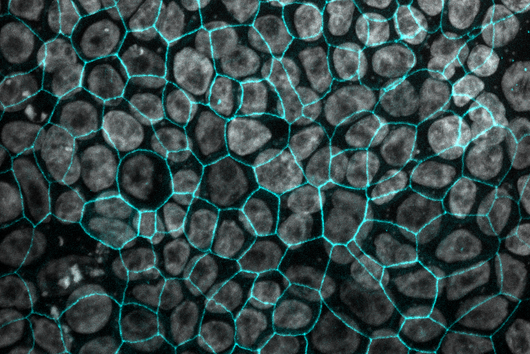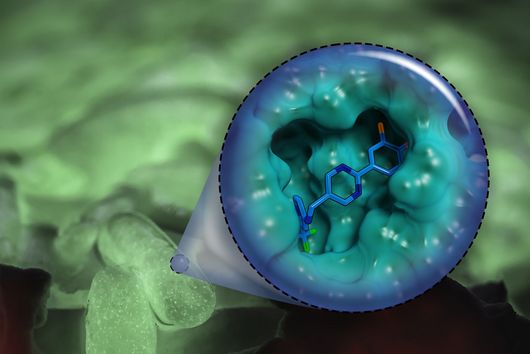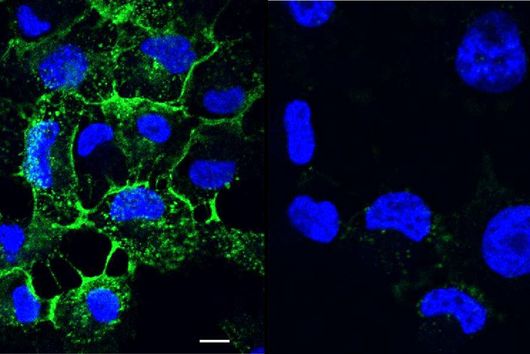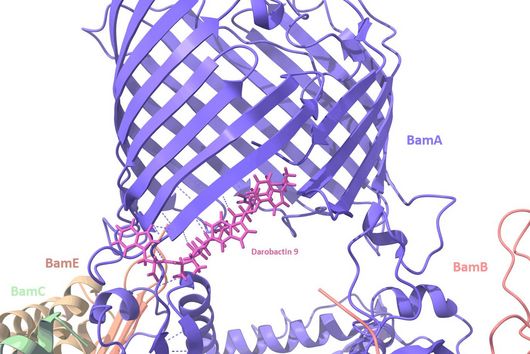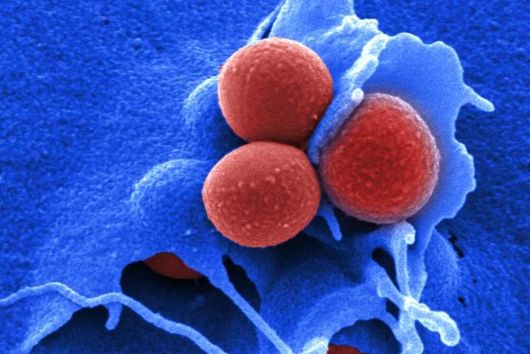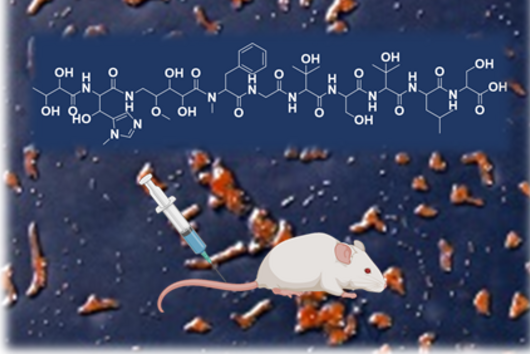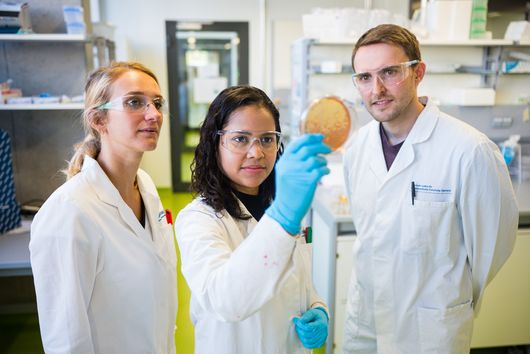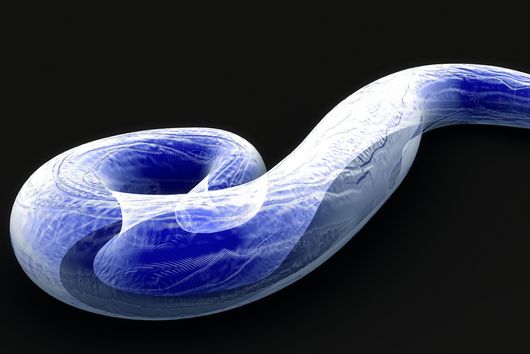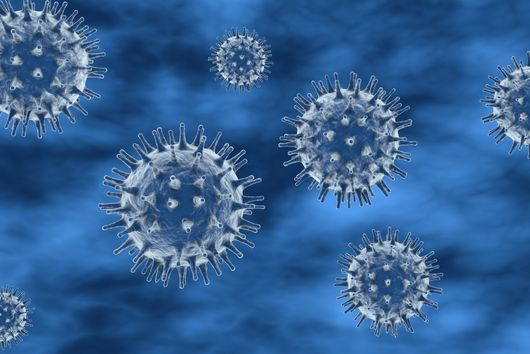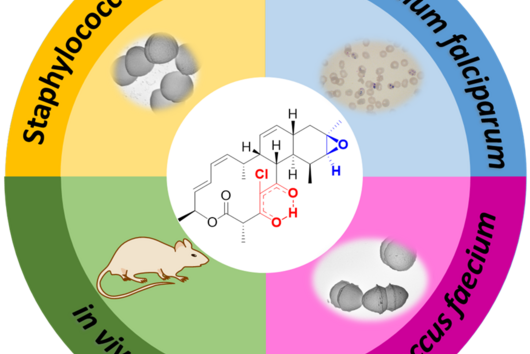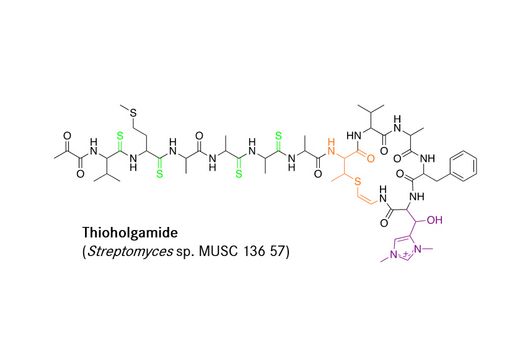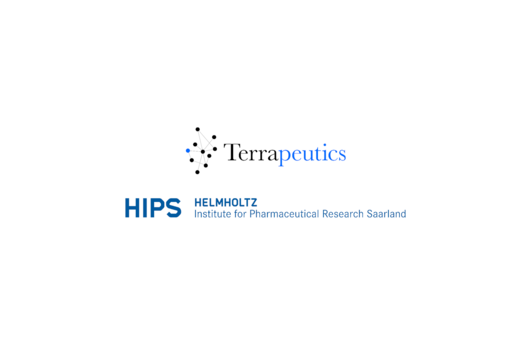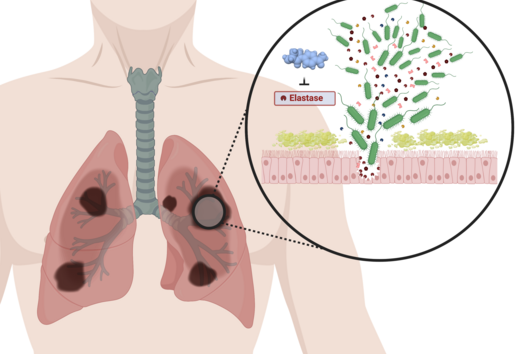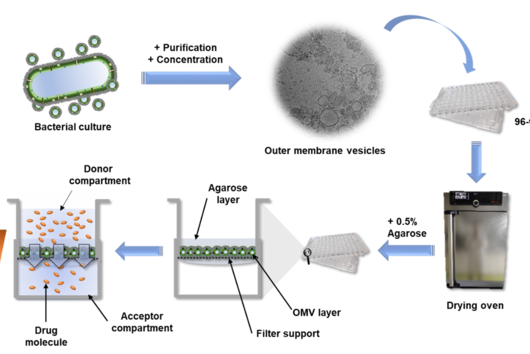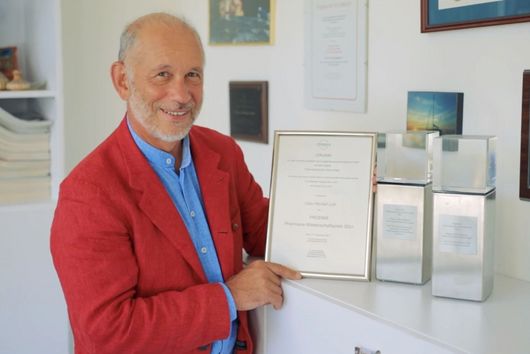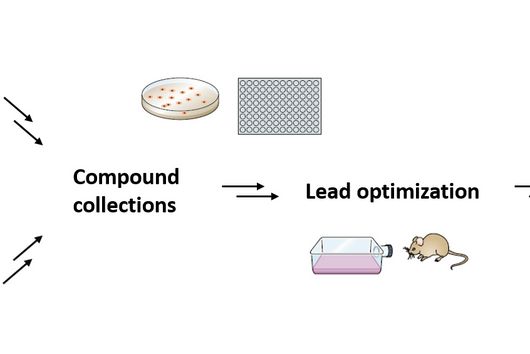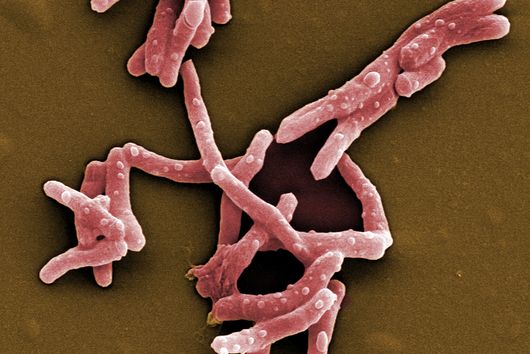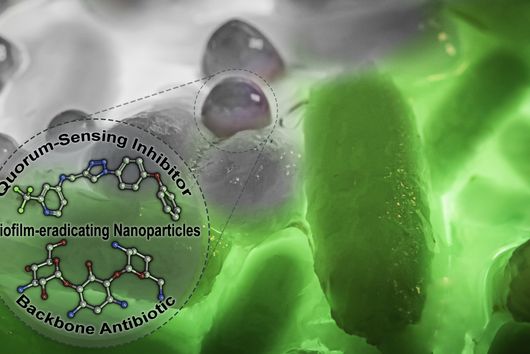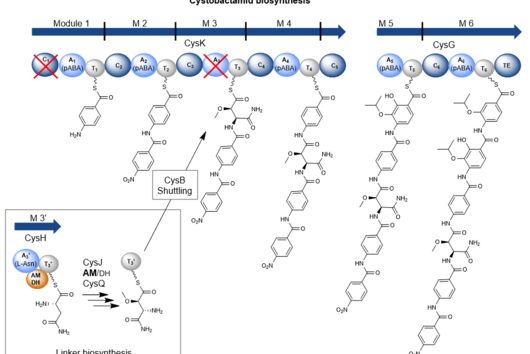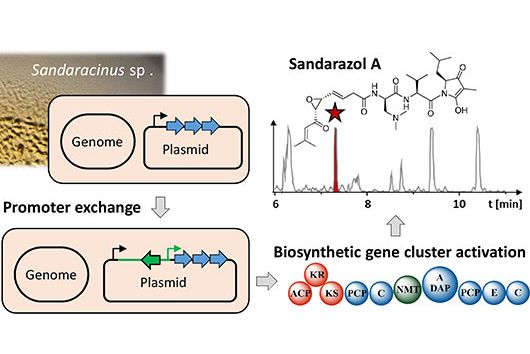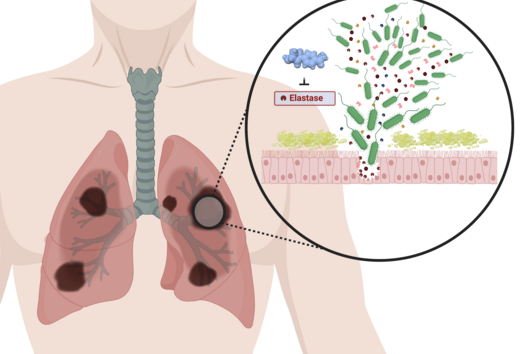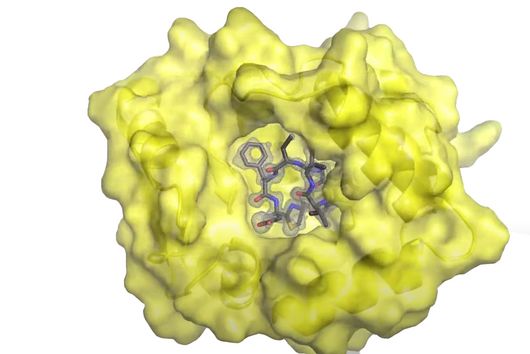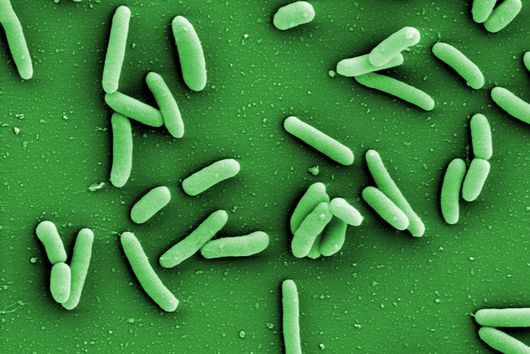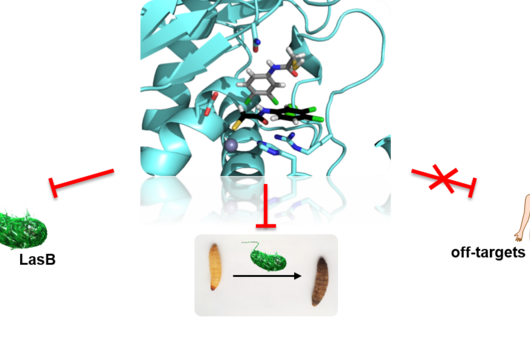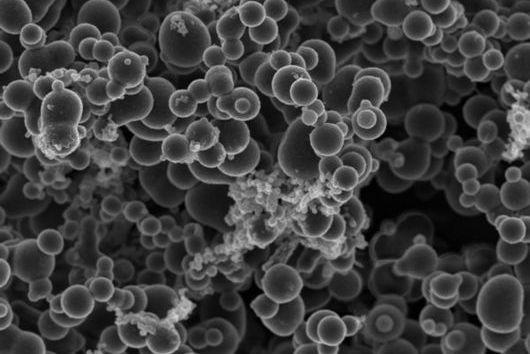Saarbrücken, 04. Oktober, 2023 — Biological membranes largely consist of phospholipids with both liquid and crystalline properties that inspired scientists from the team of Claus-Michael Lehr at the Helmholtz Institute for Pharmaceutical Research Saarland (HIPS) to create new thermotropic liquid-crystal systems. This multifunctional nanostructured material can switch physical states by thermal triggers, allowing for the controlled release and therefore the delivery of active pharmaceutical ingredients. The thermotropic liquid-crystal formulations are well tolerated by skin cells, which is a prerequisite for future applications. The researchers have published their results in the European Journal of Pharmaceutics and Biopharmaceutics.
The concept for the thermotropic liquid crystals was originally developed in Ukraine, in the group of Prof. Iryna Kravchenko. After the forced migration, due to the Russian military invasion, Prof. Kravchenko and Dr. Mariia Nesterkina continued their research in Saarbrücken at the HIPS. They are supported financially by the Alexander von Humboldt Foundation, which allowed them to continue their research projects in Germany. In close collaboration with researchers that stayed in Ukraine, Mariia and Iryna could utilize the advanced equipment at HIPS to delve deeper into the physical properties of the liquid crystals as carriers for drugs. The co-authors of the paper in Ukraine are physicists affiliated with the Institute for Scintillation Materials of National Academy of Sciences of Ukraine. “We maintain regular communication with the German-Ukrainian Academic Society, an organization aimed to foster academic cooperation with Ukraine. This increases the visibility of Ukrainian scientists and their achievements as well as supports career development of the members and early-career researchers in Ukraine.”, says Mariia, Alexander von Humboldt Postdoctoral Fellow and first author of the study.
The team has developed innovative liquid crystals (LCs) that serve as multifunctional nanostructured material for skin drug delivery. “The physical properties of this soft matter depend predominantly on temperature as external trigger. Therefore, the crystals are referred to as thermotropic or thermoresponsive,” explains Claus-Michael Lehr, head of the Department of Drug Delivery across Biological Barriers at HIPS. “This composition is fabricated based on natural products – cholesteryl esters and mono-/bicyclic terpenoids.” The distinctive feature of this system is its transition from a crystalline to liquid crystal state at normal human skin temperature. The LC formulation basically melts on the skin, allowing the release of the drugs. The drugs can then pass into as well as across the skin. These two delivery routes were demonstrated on skin obtained from patients undergoing surgery. The thermoresponsive LC formulations may be advantageous in the management of skin and soft tissue infections caused by a range of microorganisms.
Future applications will benefit from this drug delivery method as these LCs represent versatile and adaptable soft-matter systems, ideally suitable for “smart” wound dressings. “These advanced dressings have the potential to continuously monitor and respond to changes in wound temperature in real-time,” explains Anna Hirsch, head of the Department Drug Design and Optimisation and co-author of the study. “Using these thermotropic LC formulations to deliver antibiotics, a possible onset of infection could be treated directly when the wound temperature increases.” This responsive drug release mechanism eliminates the need for additional sensors and intricate electronic components, simplifying the manufacturing process and enhancing the usability. The team is currently engaging in the process of designing and constructing a drug reservoir system, along with the “smart” wound dressing. These further investigations are imperative for the development of suitable drug formulations in order to bring these liquid crystals into clinical application.
ORIGINAL PUBLICATION:
Nesterkina M., Vashchenko O., Vashchenko P., Lisetski L., Kravchenko I., Hirsch A.K.H. & Lehr C.-M. Thermoresponsive cholesteric liquid–crystal systems doped with terpenoids as drug delivery systems for skin applications. European Journal of Pharmaceutics and Biopharmaceutics, 2023. DOI: 10.1016/j.ejpb.2023.09.002

